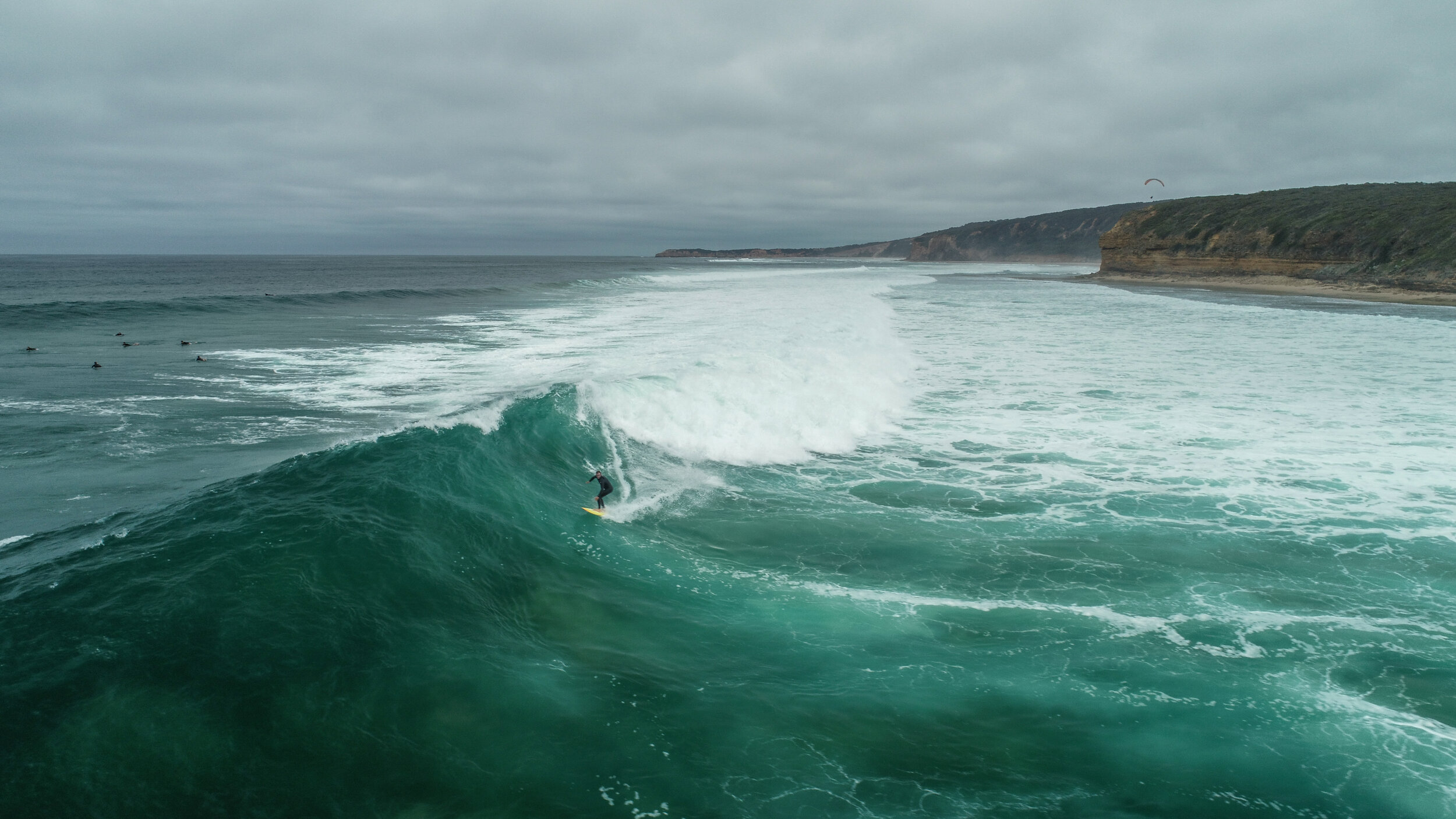The long spined sea urchin (Centrostephanus Rodgersii) is an echinoderm, meaning this animal belongs to a group of marine invertebrates including sea stars and sea cucumbers which all have “spiky skin”.
The nudibranch or commonly called “nudi,” is one of the most beloved sea creatures to spot underwater. They are soft-bodied molluscs, which are highly varied in species in shape, size and especially colour.
Most commonly known as “starfish,” sea stars (Nectria ocellata) are actually not fish at all, but what is known as an echinoderm, a marine animal recognisable due to their radial symmetry and spiny skin. Other examples of echinoderms include sea urchins, sand dollars and sea cucumbers. There are around 2,000 identified species of sea stars and they can be found in all the world’s oceans.
Southern Fan Worms (Sabellastarte australiensis) are a type of feather duster worm characterised by their protruding gills that fan out from their tube dwelling. These invertebrate worms can be found in almost all marine environments including those found along the Great Southern Reef.
Sponges (Porifera spp.) are the simplest of all animals. They are multicellular organisms with bodies full of pores and channels that allow water to circulate through them.







